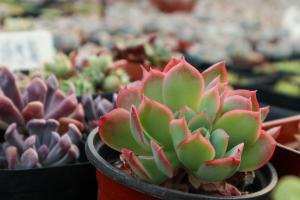I Suitable temperature
The temperature is low in winter. The most important task for the silver queen to spend the winter safely is to keep warm. Specifically, it's better to be above 10 degrees. If there is no condition, it should not be lower than five degrees. If the temperature is low, be sure to put it indoors

II Proper lighting
In addition to temperature, another important task is to ensure sufficient light. If good light cannot be guaranteed in winter, the color of the leaves will become very dim and will affect the growth of the next year. If you spend the winter indoors, choose a place with good light. After the temperature rises, you can also move outside to bask in the sun

III Proper moisture
Watering can be set according to the temperature. When the temperature drops in late autumn, the amount of water should be reduced slowly. If it is very cold in winter, it is better not to water directly to ensure that the soil is slightly dry. If the temperature can reach 15 degrees, you can add a little water when the soil is dry. Fertilizer is generally not needed, and fertilization can be suspended. Even if fertilizer is applied, the plant may not be able to absorb it, but will cause harm

IV Disease control
Diseases may include leaf spot, root rot, etc., while pests include nematodes, etc. Whether diseases or pests are found, they should be sprayed in time for control

 jackfruit
jackfruit snake plant
snake plant hibiscus
hibiscus hydrangea
hydrangea lavender
lavender Green roses climb al...
Green roses climb al... If you don't pay att...
If you don't pay att... Management of four g...
Management of four g...


































